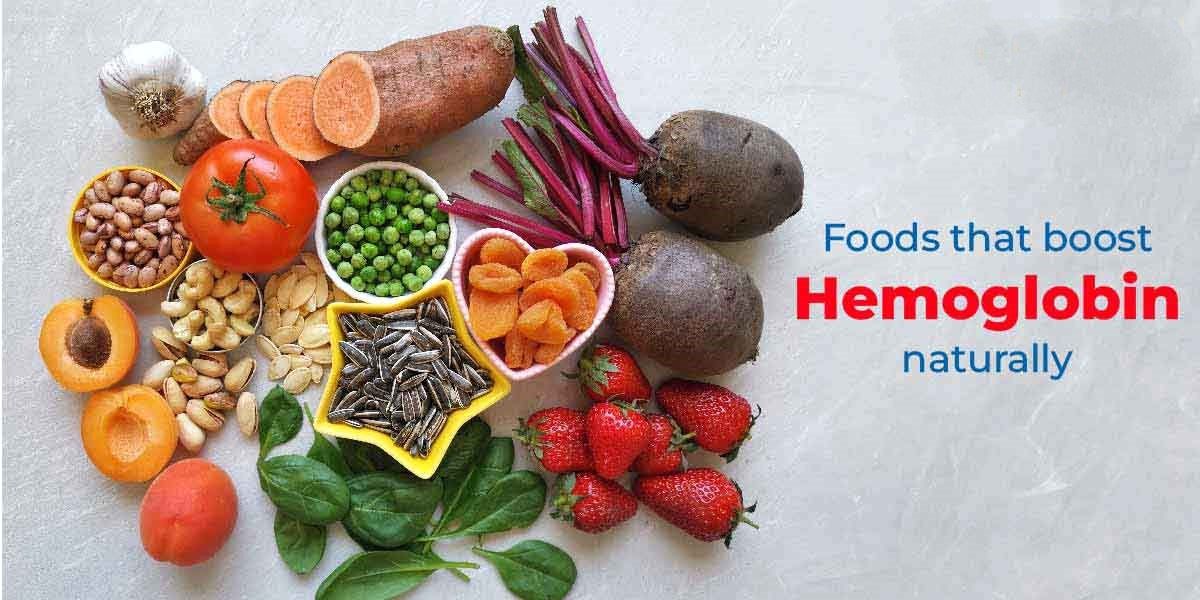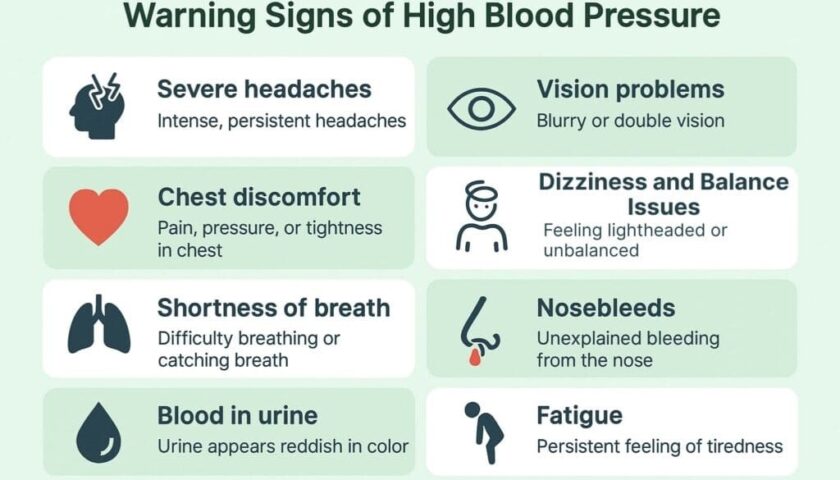By: Saika J
Iron deficiency, a common nutritional concern, can lead to a condition known as anemia, characterized by fatigue, weakness, and shortness of breath. This occurs when your body lacks sufficient red blood cells or the crucial protein within them – hemoglobin. Hemoglobin acts as the orchestra conductor within your blood, directing the vital symphony of oxygen delivery throughout your body. Without adequate levels, this essential process falters, leaving you feeling drained and sluggish.
Fortunately, numerous natural allies exist in the culinary world, offering a symphony of flavors and nutrients to help you harmonize your hemoglobin levels. By incorporating these power-packed foods into your diet, you can support your body’s natural production of red blood cells and experience a renewed sense of energy and vitality.
1. Leafy Greens: The Emerald Chorus:
Leading the charge in the orchestra of iron-rich foods are leafy greens like spinach. This verdant vegetable boasts a potent combination of iron, folate, and vitamin C, creating a trifecta of support for your hemoglobin levels. Iron directly contributes to red blood cell production, while folate acts as a conductor, ensuring their proper formation. Vitamin C, like a skilled musician, enhances the absorption of iron, maximizing its beneficial effects. Enjoy spinach in salads, add it to smoothies, or sauté it for a flavorful side dish.
2. Lentils: The Versatile Melody:
Lentils, a nutritional powerhouse, are not just a source of plant-based protein but also a valuable contributor to your iron intake. This makes them ideal for individuals following vegetarian or vegan diets. Their versatility shines through in various culinary creations, adding a satisfying texture and a delightful flavor to soups, stews, salads, or even burgers.
3. Beetroot: The Earthy Rhythm:
Beetroot, with its vibrant ruby red hue, isn’t just visually appealing; it’s also a natural champion for your hemoglobin levels. This root vegetable packs a powerful punch of iron, folic acid, and antioxidants, acting as a triple threat for boosting red blood cell production and protecting your cells from damage. Enjoy its natural sweetness in salads, roast it for a savory treat, or even try a refreshing beetroot juice for a flavorful and healthy twist.
4. Pomegranates: The Jewel-Toned Symphony:
Pomegranates, with their vibrant seeds bursting with flavor, are not just delicious but also rich in iron, vitamin C, and antioxidants. This combination contributes to healthy blood formation, ensuring a steady flow of oxygen-rich red blood cells throughout your body. Enjoy the juicy seeds as a snack, sprinkle them on salads, or indulge in a glass of freshly squeezed pomegranate juice for a vibrant and health-promoting drink.
5. Fortified Cereals: The Convenient Chorus:
Many breakfast cereals are fortified with iron, providing a convenient and delicious way to increase your daily intake. Look for options enriched with iron and pair them with a source of vitamin C, like berries or sliced oranges, to further enhance iron absorption.
6. Fish: The Ocean’s Bounty:
Fish, particularly oily fish like salmon and tuna, are excellent sources of iron and vitamin B12. Vitamin B12 plays a crucial role in red blood cell formation and proper functioning, making fish a valuable addition to your diet for maintaining healthy hemoglobin levels. Aim to include fish in your meals a few times a week to reap its beneficial effects.
7. Nuts and Seeds: The Mighty Munchies:
Nature’s bite-sized treasures, almonds, pumpkin seeds, and sesame seeds, are not only packed with healthy fats and protein but also surprisingly rich in iron. These nutrient-dense snacks offer a convenient and delicious way to increase your iron intake throughout the day. Munch on a handful between meals or sprinkle them on salads and yogurt for an added nutritional boost.
8. Dark Chocolate: The Indulgent Note:
For those seeking a delightful surprise, dark chocolate (with at least 70% cocoa content) offers a small but noteworthy contribution to your iron intake. Additionally, dark chocolate contains antioxidants, further enhancing its overall health benefits. Enjoy a small square of dark chocolate in moderation as a healthy and satisfying treat.
9. Spirulina: The Aquatic Powerhouse:
This blue-green algae, often called spirulina, is a nutrient powerhouse containing a significant amount of iron. While its unique taste might not suit everyone, adding a small amount of spirulina powder to smoothies or juices can provide a concentrated dose of iron, contributing to your total daily intake.
Remember: While these foods are excellent dietary options to support healthy hemoglobin levels, it’s crucial to consult a healthcare professional for personalized advice and guidance. They can assess your individual needs, recommend the best approach based on your specific condition, and monitor your progress. By working with a healthcare professional, you can develop a personalized plan that incorporates dietary changes, addresses any underlying conditions, and ensures you receive the optimal level of support for your individual needs. Together, you can work towards achieving and maintaining healthy hemoglobin levels, leading to a life filled with vitality and well-being.
Beyond Food: A Holistic Approach to Hemoglobin Harmony
While incorporating these iron-rich foods into your diet plays a crucial role in boosting your hemoglobin levels, a holistic approach is essential for optimal results. Here are some additional practices to consider:
1. Enhance Iron Absorption:
Vitamin C acts as a conductor, enhancing the absorption of iron from your food. Include vitamin C-rich fruits and vegetables alongside your iron-rich meals. Some examples include oranges, grapefruits, bell peppers, tomatoes, and berries.
2. Limit Certain Inhibitors:
Certain foods and beverages can hinder iron absorption. These include coffee, tea, calcium-rich foods (milk, cheese), and tannins (found in red wine). Avoid consuming these substances immediately before or after meals rich in iron.
3. Address Underlying Conditions:
Iron deficiency can sometimes be a symptom of an underlying health condition. If you consistently experience fatigue or suspect you might have low hemoglobin levels, consult your healthcare professional for a diagnosis and potential treatment of the underlying cause.
Living a Vibrant Life: Beyond the Numbers
Maintaining healthy hemoglobin levels is crucial for a vibrant and active life. By incorporating these dietary and lifestyle practices into your routine, you can support your body’s natural production of red blood cells and experience a renewed sense of energy, improved cognitive function, and enhanced physical performance. Remember, a healthy diet, combined with regular exercise and adequate sleep, forms the foundation for a healthy and fulfilling life.
Embrace the Symphony of Life:
Listen to your body’s symphony. If you experience persistent fatigue, weakness, or shortness of breath, consult your healthcare professional to assess your hemoglobin levels and discuss personalized strategies for improvement. By working together, you can create a harmonious balance, ensuring your body has the necessary tools to conduct the beautiful symphony of life with energy and vitality.






